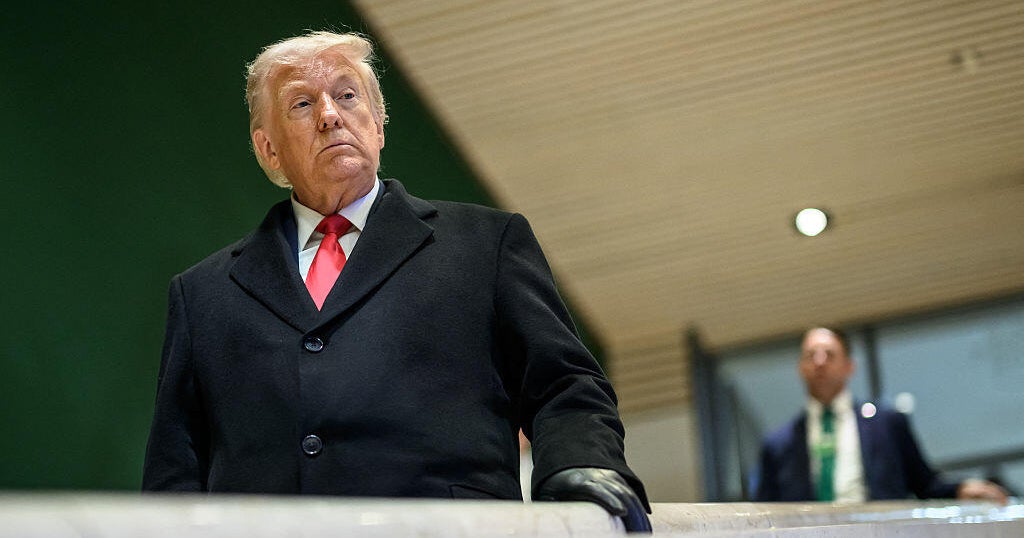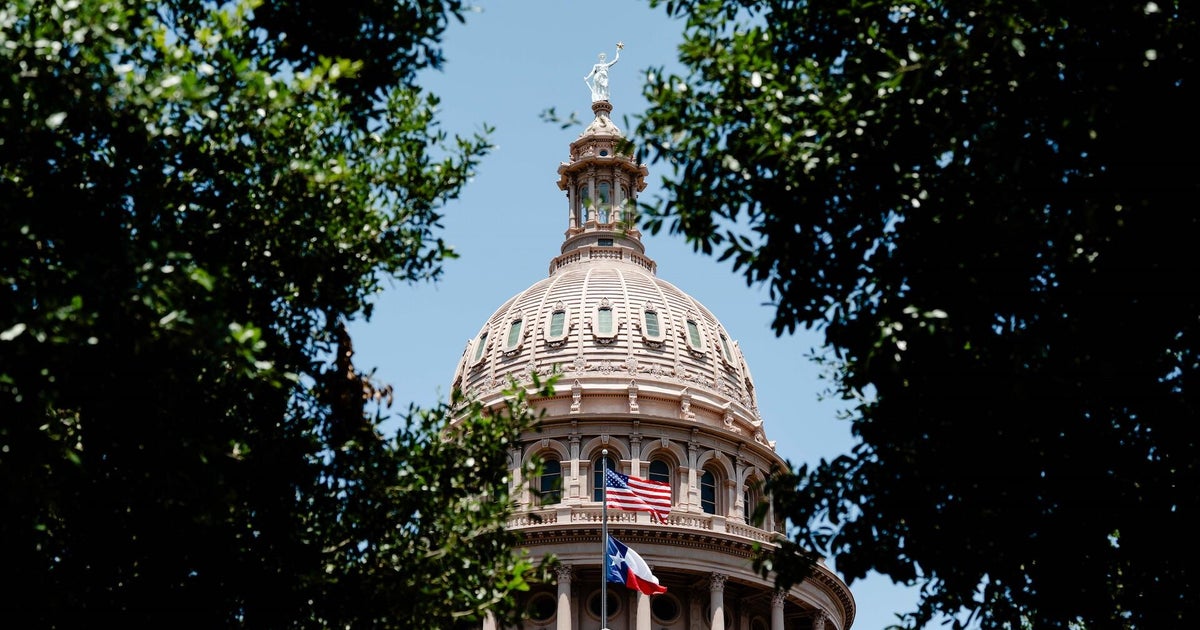Trump budget proposal has massive cuts to social programs
President Trump's 2018 budget, released Tuesday, proposes balancing the budget by cutting $1.74 trillion from social safety net programs and Medicaid and overhauling the tax code and regulatory framework, and it sets an economic growth target of three percent.
The plan, titled "The New Foundation for American Greatness," includes a total of $3.6 trillion in spending cuts to reach a balanced budget within 10 years, reducing the debt from its current 77 percent of gross domestic product (GDP) to 60 percent of GDP, and wiping out deficit spending entirely in a decade. The budget book devotes two pages to an outline of how the Obama administration caused massive inflation of the national debt and created economic stagnation.
The President's first major budget proposal, which assumes the Medicaid savings in the Affordable Health Care Act (AHCA) will be passed, would make $800 billion in cuts to Medicaid over the next decade.
Programs like food stamps (SNAP), Children's Health Insurance Program (CHIP), Social Security Disability Insurance (SSDI), and Temporary Assistance for Needy families (TANF) will face sharp cuts.
"Here's what I'm happy about: we finally have a president who's willing to actually even balance the budget," said Speaker of the House Paul Ryan in a House GOP news conference on Tuesday. "Clearly Congress will take that budget and then work on our own budget, which is the case every single year but at least we now have common objectives: grow the economy, balance the budget, so we are now on that common ground and we will have a great debate about the details and how to achieve those goals."
The welfare portion of Mr. Trump's proposal would give states increased authority to impose work requirements and eligibility restrictions for welfare programs, and his budget would slash an estimated $274 billion from anti-poverty programs over ten years.
The domestic spending cuts would be redirected to a large increase in defense, border security, and immigration enforcement spending. Nearly $3 billion would be invested in border security in fiscal year 2018 -- $1.6 billion of which would be allocated to brick and mortar to build Mr. Trump's proposed southern border wall. The president is also requesting a $54 billion increase for the Department of Defense and other national defense programs.
In keeping with his campaign promise, Mr. Trump would leave core Social Security benefits and Medicare untouched. He would also invest $25 billion in a paid family leave program over the course of a 10-year budget.
"A truly groundbreaking thing for this president to do and to prove to folks that we can do things like that and we can still balance the budget if we prioritize our spending right," Office of Management and Budget Director Mick Mulvaney said in a briefing with reporters on Monday.
Mr. Trump, however, also promised not to cut Medicaid on the campaign trail. The Congressional Budget Office estimates that over 10 million people would be cut off of Medicaid as a result of the cuts made by the AHCA, the Republican health care bill Mr. Trump championed.
"Reports about details of Trump budget lay to rest any belief that he's looking out for the people the economy has left behind," Bob Greenstein, the President of Center on Budget and Policy Priorities, a left-leaning research and policy institute, tweeted on Monday.
"With this budget, the President betrays his promises to many voters who placed his trust in them."
Maya MacGuineas, the President of the Committee for a Responsible Federal Budget (CRFB), credits the administration for setting an ambitious fiscal goal but believes the "reverse Robin-Hood budget that the administration has put forth skirts deeper issues stemming from Social Security and Medicare," she told CBS News.
"Analytically, you do have to make hard choices," MacGuineas said. "I think this is a huge illustration about why being unwilling to talk about the real issues -- Social Security and Medicare and taxes -- means you then you end up gutting all these programs for low income people." The administration, MacGuineas points out, has put far too much pressure for the cuts on too small a sliver of the budget, that is, non-discretionary defense spending, rather than on entitlements, which make up the majority of the federal budget.
Experts are also skeptical of a core assumption being factored into "Trumpenomics," as described by Mulvaney on Monday: a forecast of three percent sustained economic growth.
"I think it's sad that the CBO assumes that we'll never grow more than 1.9 percent ever again out into infinity," he said. "That assumes a pessimism about America, about the economy, about it's people, about it's culture, that we are simply refusing to accept."
But the administration's budget fails to reckon with certain realities about the U.S. economy. A CRFB analysis shows there are several key factors beyond "pessimism" that make it exceedingly difficult for the U.S. to achieve three percent economic growth: an aging population and "a slowdown in the growth of labor, capital, and productivity."
It relies on a heroic economic estimate," MacGuineas said. "It doesn't even sound that crazy -- it's really crazy."
Mulvaney dismissed criticisms from lawmakers skeptical of the proposed budget as details leaked throughout the day while the president, on his first trip overseas, toured Israel.
"There's a certain message here and it's from the president of the U.S. to Congress that say, 'look here are my priorities in terms of what I want to spend more and here's the big ticket items,'" Mulvaney said. "If Congress has a different way to get to that endpoint, god bless them."





